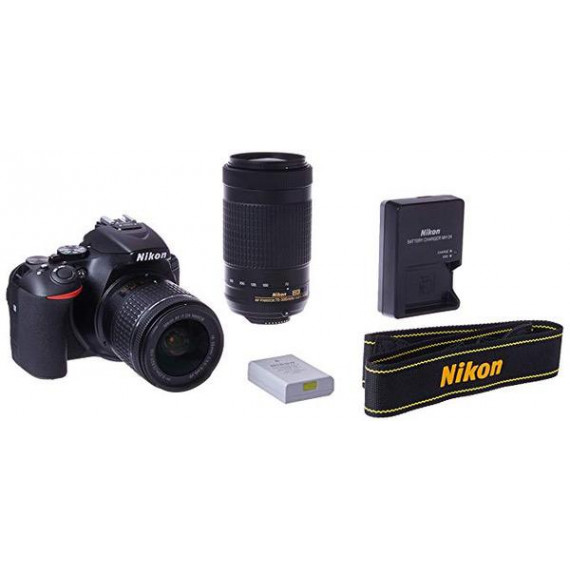Bryan Pfaffenberger
- Comment








